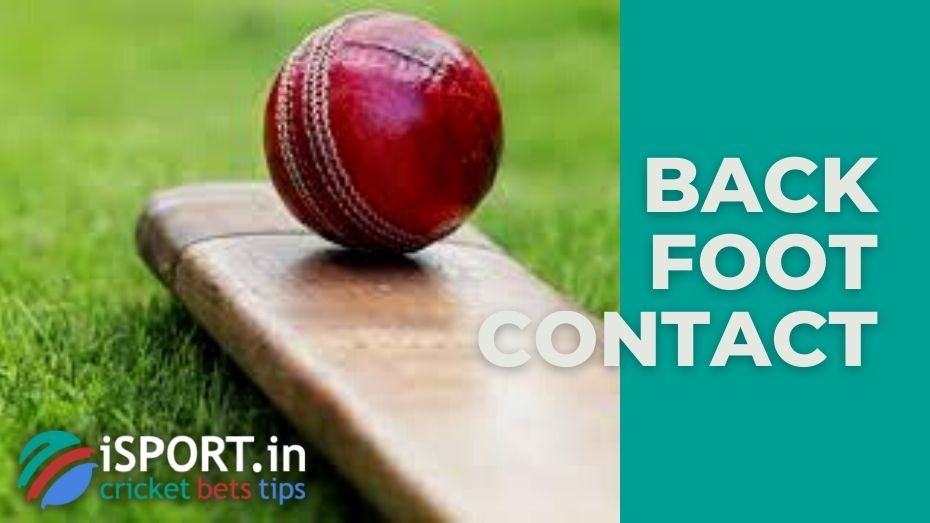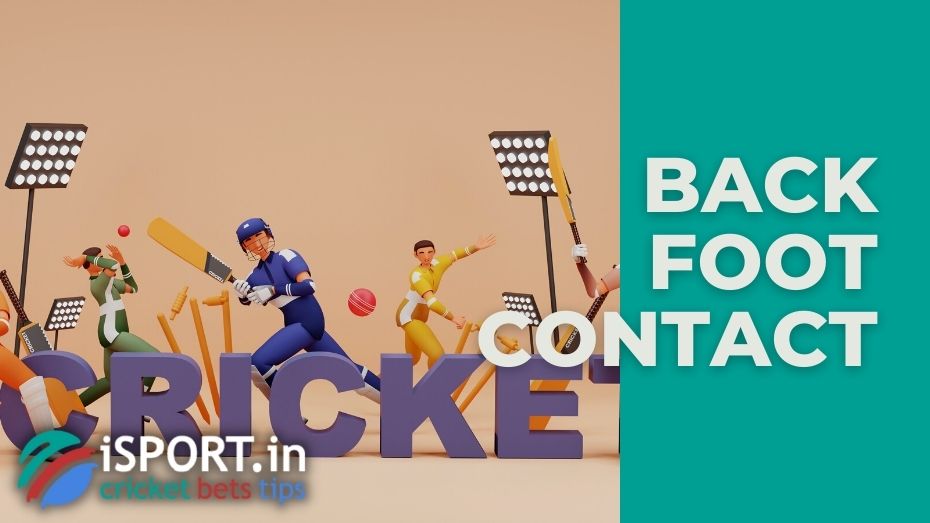Back foot contact

As we delve further into the basic terms of cricket, it’s important to understand the concept of back foot contact. This refers to the moment just before the delivery, when the bowler’s back foot lands on the ground.
Back Foot Contact: The Basic Meaning
The back leg in a bowler’s action is sometimes referred to as the coil. For a right-handed bowler, this is typically the right leg. Experts recommend keeping the back and shoulders straight before pushing off the ground, as this helps prevent injuries and other physical strain.
To better understand the concept, it’s also helpful to define front foot contact. This is the player’s position, in which he touches the ground with his supporting foot and then makes a back foot contact.

Back Foot Contact: How To Avoid Mistakes
To avoid mistakes, bowlers should pay attention to body positioning during one of the key stages of the bowling action. There are three main types of positioning:
- Side on. The back leg should be parallel to the crease; the hips face sideways. The hand free from the throw is in front of the head. The shoulders are positioned at the same level as the hips.
- Chest on. The back leg goes towards the crease; the hips are parallel to the crease. The hand that is free from the throw is positioned to the side of the head. This way, the shoulders and hips are aligned.
- Mid-way. The back leg is located between the side on and chest on.
If the bowler’s back leg lands too far behind the crease line, they may lose speed and momentum during delivery. This often happens due to excessive bending at the knee, which requires additional effort to correct body alignment.
To raise the body to the desired position, additional efforts are required. A mixed action — an action when the bowler fails to align the hips and shoulders during back foot contact.
